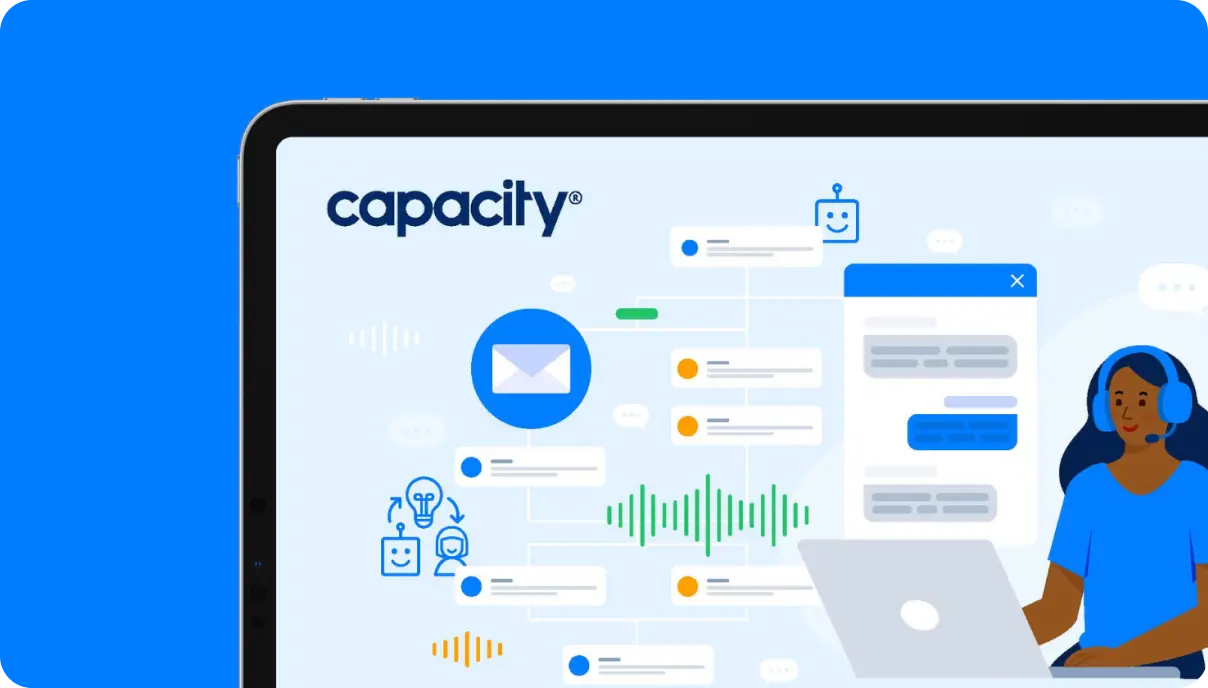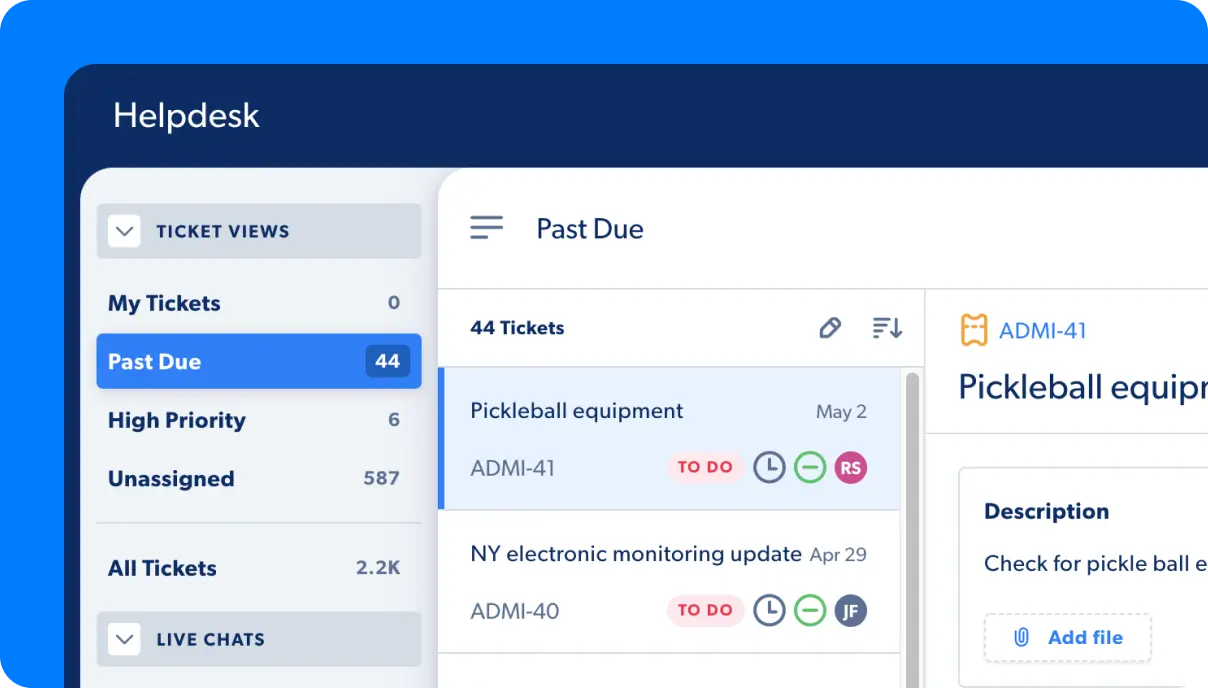If you use enterprise software, you’re probably aware that Robotic Process Automation (RPA) is sprouting up everywhere. If you run down the list of techno-charged buzzwords, it’s one of the most trending offenders. Despite all the discussion, there’s still a lot of confusion on the different ways organizations can best implement it.
Our research and development efforts have shown that RPA solutions generally come in two buckets. With this simplifying framework, we hope to help organizations like yours decipher what solutions might be best for your company.
RPA for a single task.
We see bucket one of RPA as the automation of one specific task. Highly manual tasks that a single person performs qualify for this breed of RPA. A prime example is invoicing, which requires someone to look at the financials, find all the outstanding billable amounts, locate the contact info, pay-by-date, etc; and forward the invoices along. For example, tools like screen scrapers and macros can record a user manually going through each task and repeat the process in the same manner.
Capacity uses APIs to connect with more than 50 apps and our LiveSheets program for users who need bucket one support. It’s unnecessary to reinvent the wheel on screen scraping and macro-based tools to leverage them for bucket two.
RPA for complex processes.
Bucket two of RPA is the automation of multiple people in different departments performing multiple tasks over time. While simple macros and rules are fantastic for individuals, there is enormous untapped potential for driving productivity with a broader workflow ecosystem that helps many people get projects done together.
Let’s use the process of onboarding a new employee as an example. Almost every department across the org plays a part in some form or format. The IT department has to order a computer for the new employee, the hiring manager has to ensure there’s a desk available and schedule orientation meetings, HR has to create a personnel file and get paperwork signed, and the front desk has to talk with the building about badging, parking, etc. With so many different people, processes, and timelines, a modern, bucket two RPA solution must use technologies such as the cloud, predictive rules, machine learning models, APIs, security, and a host of other considerations.
What bucket is your organization ready for?
When exploring RPA solutions for your organization, one of the most prominent drivers is your level of internal cloud adoption.
Bucket one solutions are great if you are looking to supercharge a lot of isolated manual processes. Fortunately, there’s a high ROI available for the right use cases here.
However, if your organization has already begun migrating software systems to the cloud, the open APIs should enable the cross-talk among different systems and people that enables bucket two RPA. This will take your opportunities to a whole new level because with bucket two RPA and cloud-based APIs, you also have a lot of native options for bucket one scenarios since this functionality is baked into many cloud services.
How to get started.
Step 1: Take a good hard look at your business and processes, and ask the tough questions. You might want to start with these:
- Where do projects currently get logjammed?
- When do different departments need to engage and communicate?
- How many systems require handoffs?
Step 2: Once you create a list, rank the questions starting with your highest need.
Step 3: Do your research and reach out to RPA experts.
We’d love to have a low-pressure brainstorming conversation with you about operationalizing opportunities in bucket two RPA.











































